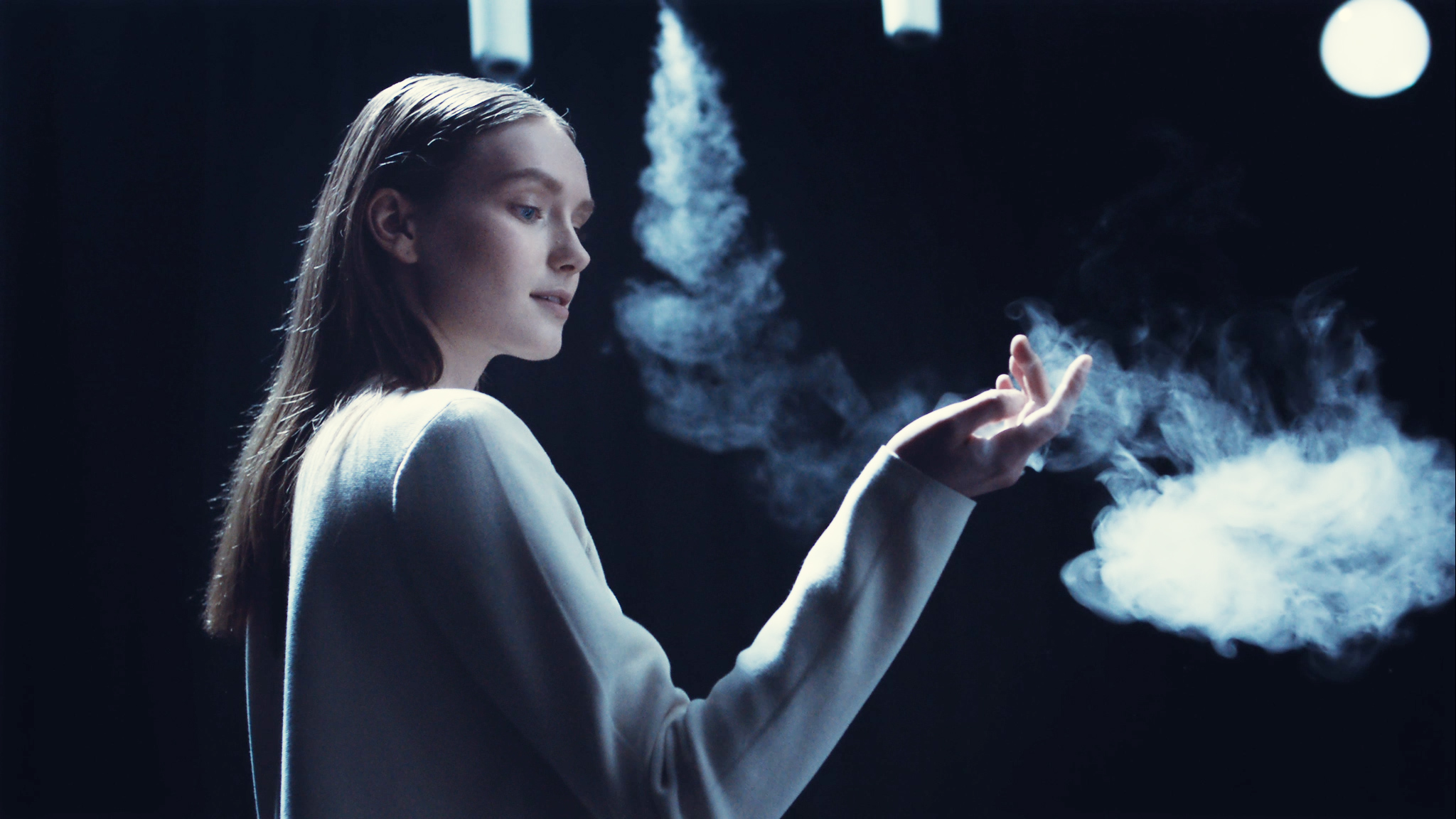

I wasn't suggesting making a "look" LUT, simply making your own normalization LUT. Fast to apply in bulk to batches of clips, fully adjustable later. Or alternatively, rather than making LUTs, simply save each iteration as a Lumetri preset. To use them, I suggest applying LUTs from the Creative tab's dropdown slot, as then you can 'trim' the clip using the Basic tab tonal controls to fit within the LUT, and also use the 'amount' control of the Creative tab's LUT slot to adjust the amount of the effect of the LUT. Make several, named for whether they're for low or higher contrast scenes. When you have a 'full' image, then use the Lumetri panel 3-bar menu to save yourself a. Season with shadow and highlight controls, add Saturation and maybe Vibrance from the Creative tab.
#C log to rec 709 lut full
Then use Contrast to widen out the image to as full a range as you want. Use the Basic tab's exposure control to get the middle of the displayed signal in the scope centered on the 50% middle line (left side scale).

Start with scopes up, Waverform in either RGB or YC no chroma. The C100 produced a very "normal" log rolloff, so it's pretty easy to use the controls in Lumetri to stretch it back out to "normal" appearance. You can roll your own in Lumetri easily and quickly, and make a series of them for your shooting situation. Reading online, not a lot of people are thrilled with most of the 'official' LUTs for the C100, but also say it's pretty easy to make good ones yourself. And they will if you don't have an appropriate one, and even then, if your clip doesn't exactly match the exposure and contrast the LUT was prepared under and for. They're very useful for certain things but don't know or care about mucking up your pixels. Colorist's call LUTs 'the dumbest math out there".


 0 kommentar(er)
0 kommentar(er)
